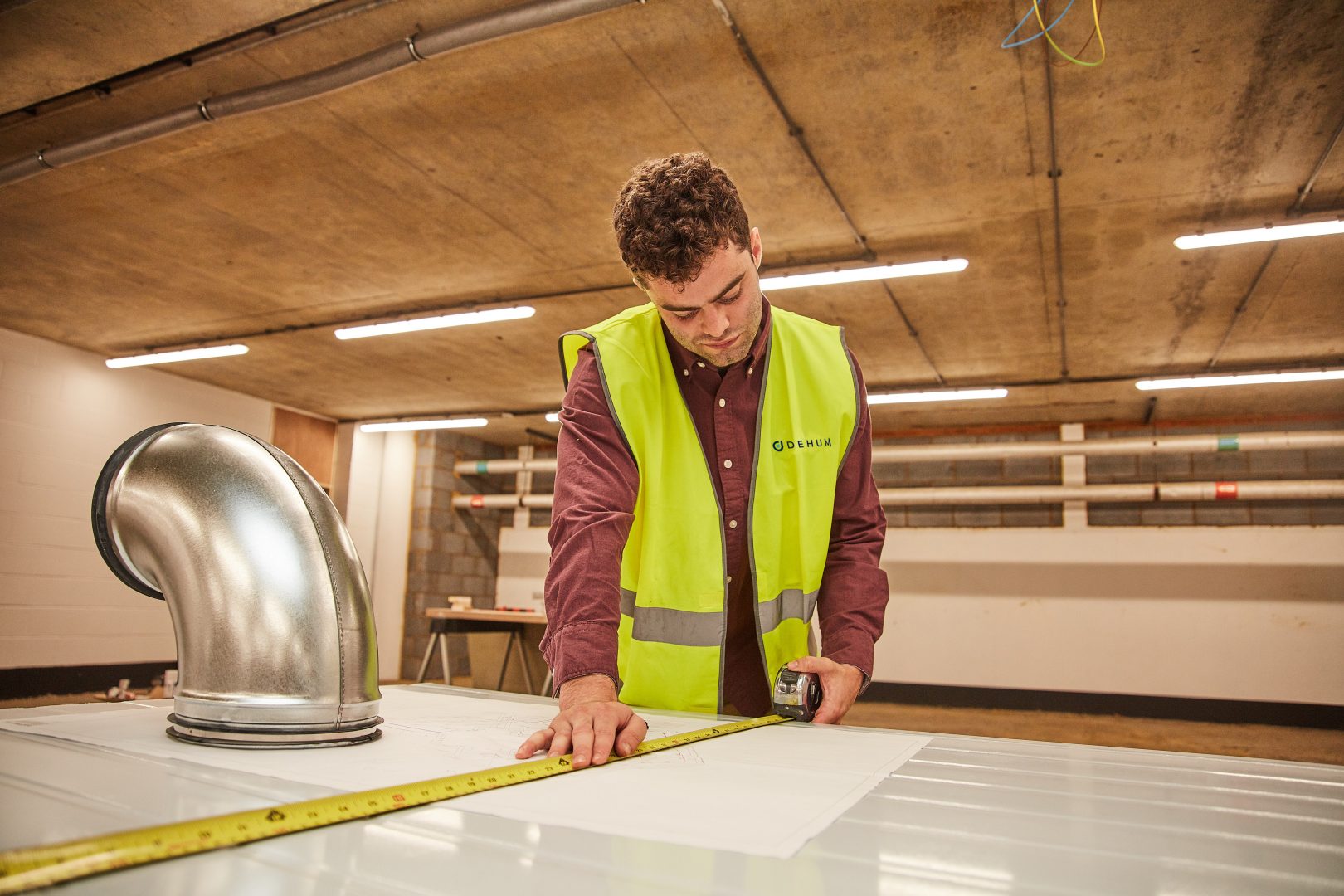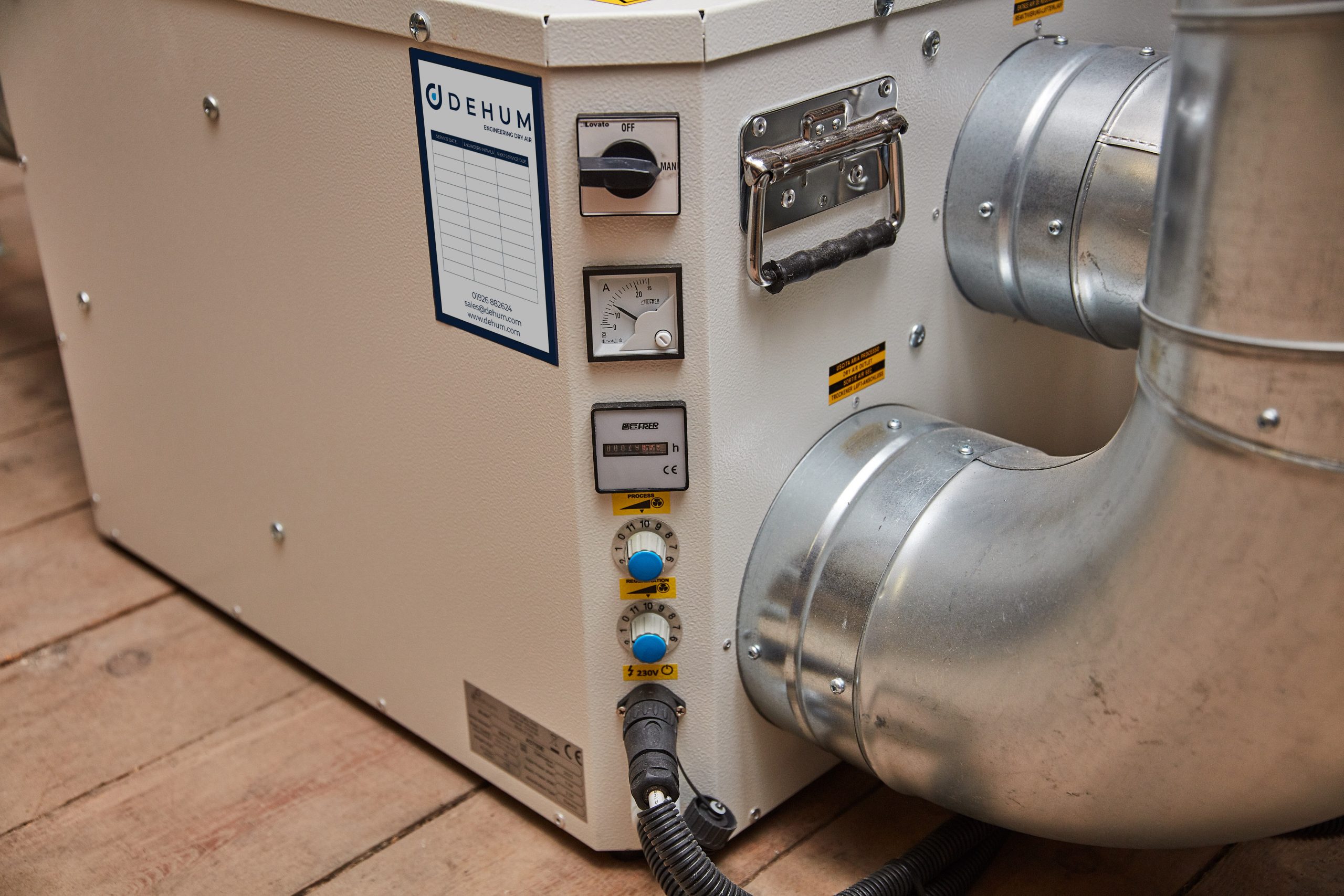
Using desiccant dehumidifiers for car storage
Desiccant dehumidifiers work at any temperature and are not reliant on the ambient air being kept at a steady temperature to be effective. Therefore the accurate control over the humidity is consistently reliable without the need for any additional heat source.
Refrigerant dehumidifiers use cooling coils which have to be the coldest surface in the room. If the air temperature is colder than the coils, no water removal is possible and condensation will start to form on walls, surfaces and other objects.
This means the need for additional heating to ensure the room temperature is always higher than the unit.
The desiccant dehumidifying method is also scalable from small server rooms, to large scale server farms, from single car garages to multi-car storage facilities.
The system’s basics remain the same and are scaled to suit the application. Desiccant dehumidifiers offer the industrial capability and reliability required for a long term solution to humidity control.
How Do They Work?
A desiccant dehumidifier consists of a perforated rotor (usually made of a base material) so that air can pass along the grooves. A desiccant, typically silica gel, is impregnated into the rotor. As the air passes through the wheel, moisture is attracted from the air onto the desiccant material.
The dehumidifier itself has two internal airstreams, the first being the process air, which is used to condition the space and the second being the regeneration air, used to remove the water absorbed in the desiccant material.
The way the unit works is to recirculate the air in the space, air is taken back from the room and passes through the process section of the desiccant rotor, as the air passes through the desiccant rotor, the moisture vapour in the air is absorbed into the material. The dry air is returned back to the space to maintain the required humidity.

To regenerate the rotor which is the removal of the water absorbed, a second airstream takes air from outside of the space, this air is heated and then blown through the small regeneration section of the rotor. This dries the rotor and allows the moisture from the process to be vented outside the space as a warm humid airstream, meaning no drain is required.
The rotor is continually turning between these two airstreams, allowing this to be a controlled and continual process.
This simple but effective method, combined with sensors and a control panel, allows for accurate, controlled and consistent dry air management.

Common Applications
Desiccant dehumidifiers are found in all settings; due to the absolute control over moisture in the air, they can be used for very accurate drying along production lines and preservation of items. To give consistent results, consistently.
Here are a few of the common industries taking full advantage:
- Pharmaceutical
- Food and beverage
- Data centres
- Cold stores/Freezer facilities
- Construction
- Warehousing
- Waterworks
- Museum and gallery preservation
- Aerospace
- Swimming pools

